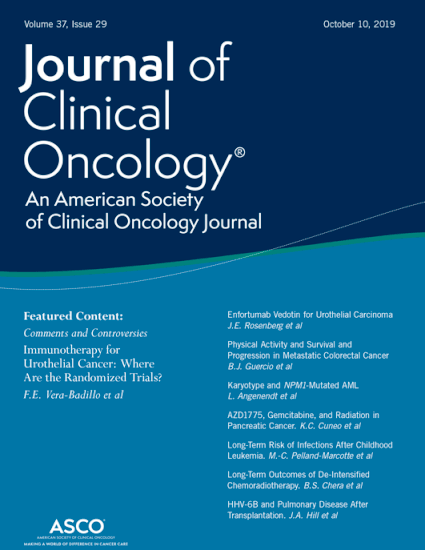
PURPOSE: To determine the frequency of allogeneic hematopoietic cell transplantation (HCT) for patients with acute myeloid leukemia (AML) in first complete remission (CR1). PATIENTS AND METHODS: Between January 1, 2008, and March 1, 2011, 212 newly diagnosed patients with AML received treatment at our center. Ninety-five patients age less than 75 years with intermediate- or high-risk AML achieved a complete remission, and 21 patients achieved a morphologic remission with incomplete blood count recovery. RESULTS: Seventy-eight (67%; 95% CI, 58% to 76%) of 116 patients received HCT at a median of 2.8 months (range, 0.5 to 19 months) from their CR1 date. The median age was 57 years in both the HCT patient group (range, 18 to 75 years) and the non-HCT patient group (range, 24 to 70 years; P = .514). Between the HCT patients and the non-HCT patients, the mean Eastern Cooperative Oncology Group performance status was 1.1 compared with 1.5, respectively (P = .005), and the average HCT comorbidity score within 60 days of CR1 was 1.7 and 2.1, respectively (P = .68). Twenty-nine (76%) of 38 non-HCT patients were HLA typed, and matched donors were found for 13 of these 29 patients (34% of all non-HCT patients). The most common causes for patients not receiving transplantation in CR1 were early relapse (within 6 months) in 12 patients (32%), poor performance status in eight patients (21%), and physician decision in five patients (13%). CONCLUSION: HCT can be performed in CR1 in the majority of patients with AML for whom it is currently recommended. The main barriers to HCT were early relapse and poor performance status, highlighting the need for improved therapies for patients with AML of all ages.
Available at: http://works.bepress.com/kathleen_shannondorcy/7/
